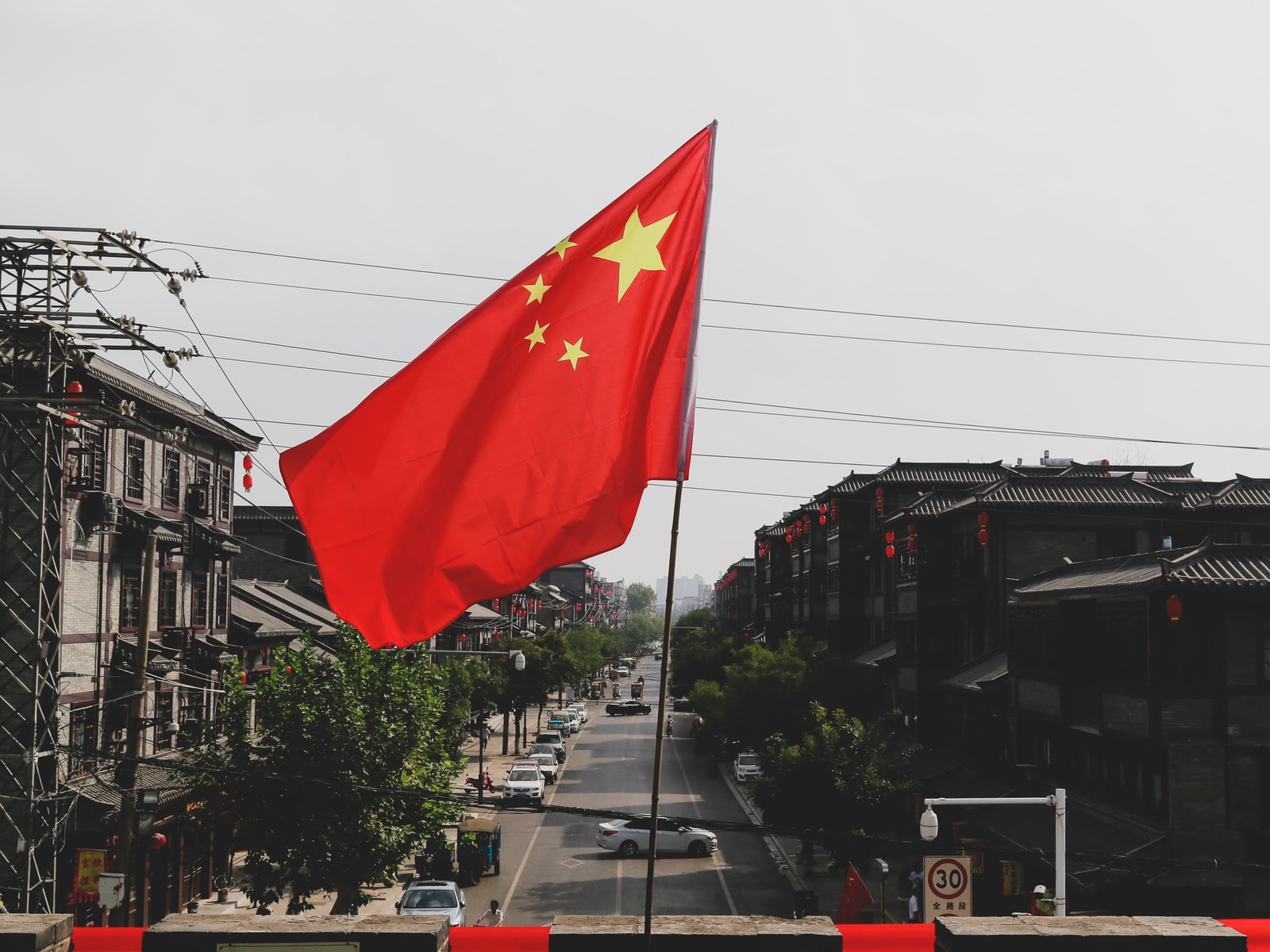Dave Patterson
National Security Correspondent at LibertyNation.Com. Dave is a retired U.S. Air Force Pilot with over 180 combat missions in Vietnam. He is the former Principal Deputy Under Secretary of Defense, Comptroller and has served in executive positions in the private sector aerospace and defense industry. In addition to Liberty Nation, Dave’s articles have appeared in The Federalist and DefenseOne.com.
When it comes to worthy military strategies to win a war with China, most fall short. There have been several recommendations on how to win against China in the Indo-Pacific, from war gaming to strategic and tactical planning exercises. Most talk about superior forces or integration of allies’ capabilities or island defenses. With few exceptions, most make a wildly extravagant assumption. Similar to the old joke about economists with their projections: ‘First imagine a perfect world,’ today’s strategists all too often start with the assumption the necessary forces are in place. Equally short-sighted strategists assume stocks of weapons, ammunition, and sustainment supplies will be on hand when needed.
Neglecting an Essential Consideration
Typical of current thinking is the commentary in Defense News by retired US Navy Rear Admiral Mark Montgomery, a senior fellow at the Foundation for Defense of Democracies (FDD), and Bradley Bowman, senior director of the Center on Military and Political Power at FDD. The two authors posit that there are “Five urgent steps to prevent American military defeat in the Pacific.” Those urgent steps are:
- Enhancing the United States’ ability to strike attacking Chinese forces.
- Strengthening Taiwan’s ability to defend itself.
- Bolstering the survivability of forward-positioned US forces.
- Improving the ability of the United States and its partners – principally Taiwan, Japan, and Australia – to fight together.
- Building more cyber-resilient US infrastructure to support military mobility and economic continuity.
These urgent steps are valid and necessary. However, Montgomery and Bowman emphasize that there must be greater infrastructure protection to support mobility forces that will require “increased efforts to improve the security of American ports, airports, power-generation facilities, and rail systems”. The ports and airports are for Military Sealift Command (MSC) and Air Mobility Command (AMC) to move soldiers and their equipment from the continental US and other areas where those assets are positioned to the battle. The underlying critical assumption is those MSC and AMC cargo ships and cargo aircraft are available in sufficient numbers to meet the Indo-Pacific wartime requirement.
Liberty Nation reported on the daunting mobility requirement in deploying US forces from the numerous ports of embarkation to the Indo-Pacific combat theater:
“Militarily, AMC faces the obstacle of distance in the Pacific in facing the People’s Liberation Army, naval, and air forces. The critically needed logistics to execute a winning strategy will tax every bit of the mobility capability of the United States and its allies and partners. The number of US Air Force C-17s, C-130s, and C-5s to deliver cargo and the air-refueling aircraft to keep the flow going is finite and not likely to increase anytime soon.”
Air mobility is so crucial because of the necessary speed aircraft bring to the deployment of forces. Experience demonstrated that roughly 80 per cent to 90 per cent of most warfighting materials and 100 per cent of equipment too big for cargo planes arrive in the theater of combat operations by naval ships, and the remainder arrives by cargo aircraft. On the other hand, 100 per cent of the weapons and equipment needed in the opening days of a conflict come in by air. The average time enroute from an onload marine port in the US to an offload point in the conflict area is 20-25 days. The average flight time from an aerial port of debarkation is less than 24 hours. In other words, if the weapons and resupply are not where the fight is, that capability will be brought by air when hostilities begin.
Every China Strategy Must Factor in Time and Distance
“So, all eyes are on China, and in the Indo-Pacific, the vastness of the Pacific just complicates things. And that means that the timeline required for the Pacific Air Forces or the US Air Force, in general, to respond to a crisis in the Indo-Pacific just is longer,” Lieutenant Colonel Joshua Holaday, Senior Developmental Education Fellow at The Mitchell Institute for Aerospace Studies, explained in a recent “Aerospace Advantage” podcast. “(T)he demand on our logistics forces, I expect, will grow exponentially, especially when we start operating from smaller and more remote locations.”
Additionally, there is concern US sealift is insufficient to meet the increased requirements to face the People’s Republic of China challenge. Consequently, an assessment of that capability is underway. “The objective of this evaluation is to determine whether the DOD effectively provided contested mobility requirements and training for personnel supporting the DOD’s surge sealift mission in the US Indo-Pacific Command area of responsibility,” a June 5, 2023, Defense Department Office of the Inspector General memorandum announced. Confidence in the Military Sealift Command to rapidly mobilize and get underway will be crucial to establishing the sea lines of communication.
Despite differing views on when and if the People’s Liberation Army (PLA) invades Taiwan or starts a conflict in some other way, bridging the 8,000 miles to the fight is a daunting task. Furthermore, the PLA will do everything possible to deny the US and its allies the opportunity to prevent such an invasion. Developing strategies focused on the immediate engagement in the region without in-depth consideration of the mobility challenge is not a responsible approach for strategic planning. Regardless of the location, fighting there requires getting there.

